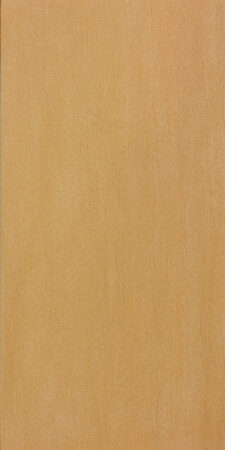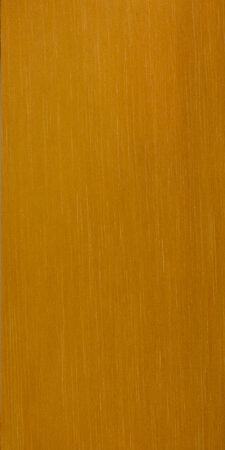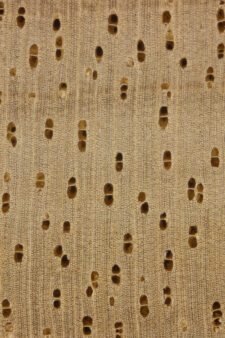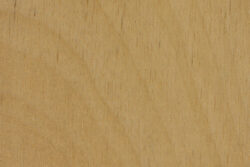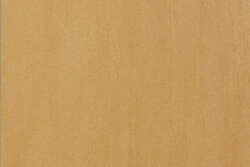Common Name(s): Hard milkwood, hard alstonia
Scientific Name: Alstonia spectabilis (and A. macrophylla)
Distribution: South and Southeast Asia, Pacific Islands, and northern Australia
Tree Size: 100-130 ft (30-40 m) tall,
2-4 ft (.6-1.2 m) trunk diameter
Average Dried Weight: 46.2 lbs/ft3 (740 kg/m3)
Specific Gravity (Basic, 12% MC): .63, .74
Janka Hardness: 1,460 lbf (6,500 N)
Modulus of Rupture: 12,300 lbf/in2 (84.8 MPa)
Elastic Modulus: 1,960,000 lbf/in2 (13.52 GPa)
Crushing Strength: 10,140 lbf/in2 (69.9 MPa)
Shrinkage: Radial: 3.2%, Tangential: 4.7%,
Volumetric: 8.0%, T/R Ratio: 1.5
Color/Appearance: Heartwood is light to golden brown, not clearly demarcated from the wide sapwood.
Grain/Texture: Grain is usually slightly interlocked. With a fine to medium texture and moderate natural luster.
Rot Resistance: Rated as moderately durable to durable. Reported to have better insect and borer resistance than other Alstonia species such as Indian pulai (Alstonia scholaris).
Workability: Easy to work with both hand and machine tools. Turns, glues, and finishes well.
Odor: Has a distinct, moderately unpleasant smell when being worked.
Allergies/Toxicity: Although there have been no reports of health reactions with hard milkwood, other closely related species in the Alstonia genus have been reported to cause skin irritation. See the articles Wood Allergies and Toxicity and Wood Dust Safety for more information.
Pricing/Availability: Hard milkwood is harvested and exported on a limited basis. Expect prices to be moderate within its natural range.
Sustainability: This wood species is not listed in the CITES Appendices, and is reported by the IUCN as being a species of least concern.
Common Uses: Construction lumber, furniture, cabinetry, carvings, and small specialty wood items.
Comments: True to its name, hard milkwood is significantly harder, heavier, and stronger than the other species in the Alstonia genus. Its increased strength makes it better suited for structural applications, and its lack of latex canals make this species better suited for aesthetic applications such as furniture (latex canals appear in other Alstonia species every few feet and mar the appearance of the wood grain).
Images: Drag the slider up/down to toggle between raw and finished wood.
There are currently no pictures of this exact wood species, but a similar species within the Alstonia genus is being substituted (A. scholaris). If you’d like to contribute a wood sample for this webpage, please see the contact form for donating wood samples.
Identification: See the article on Hardwood Anatomy for definitions of endgrain features.
Porosity: diffuse porous
Arrangement: primarily radial multiples of two to five pores
Vessels: small, moderately numerous to numerous
Parenchyma: diffuse in aggregates
Rays: narrow; normal spacing
Lookalikes/Substitutes: Hard milkwood has similar weight and appearance to the CITES-restricted, Southeast Asian hardwood ramin (Gonystylus spp.)—although ramin has winged parenchyma, and lacks the radial multiples seen in Alstonia spp.
Jelutong (Dyera costulata) is another Southeast Asian native that has similar appearance. In fact, the two species are botanically related—both are in the dogbane (Apocynaceae) family. However, jelutong tends to be much lighter in weight, and has larger, less frequent pores than hard milkwood.
Notes: The pictures above are for the closely related Alstonia scholaris. However, they do not reflect the smaller, more numerous pores found in A. spectabilis.
Related Content:

